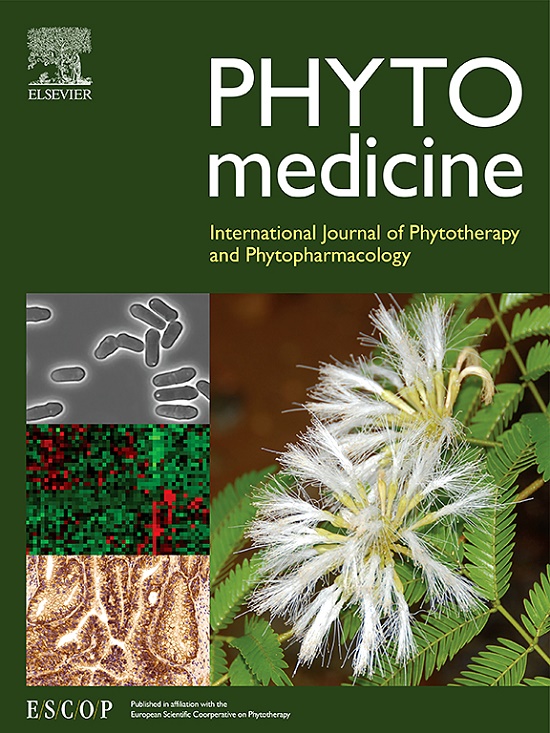Saikosaponin D exacerbates acetaminophen-induced liver injury by sabotaging GABARAP-SNARE complex assembly in protective autophagy
IF 6.7
1区 医学
Q1 CHEMISTRY, MEDICINAL
引用次数: 0
Abstract
Background
Radix Bupleuri (RB) and acetaminophen (APAP) are two popular medications having potential hepatotoxicity and substantial risks of irrational co-administration and excessive use, posing an overlooked danger of drug-induced liver injury (DILI). Autophagy is a protective mechanism against APAP-induced DILI, yet, saikosaponin d (SSd) in RB has been characterized to regulate autophagy, although the current findings are controversial.
Purpose
We aim to elucidate whether SSd promoted APAP-induced liver injury by regulating autophagy.
Methods
UPLC-MS analysis was employed to measure the hepatic abundance of APAP-cysteine protein adducts. Multiple techniques such as fluorescence probe, proteinase K protection assay, immunoprecipitation-coupled proteomic analysis, surface plasmon resonance, molecular docking and et.al were applied to evaluate the SSd on autophagy flux.
Results
We discovered that, by inhibiting autophagy, SSd impaired the removal of APAP-cysteine protein adducts and delayed the compensation of damaged mitochondria. This ultimately potentiated the development of severe liver toxicity induced by subtoxic APAP. The use of autophagy probes, transmission electron microscopy, membrane curative assay, and protein K assay collectively revealed that SSd predominately disrupted autophagosome-lysosome fusion, without affecting other stages of autophagic flux. Immunoprecipitation-coupled proteomic analysis and surface plasmon resonance further found that SSd directly bound to GABARAP, thus preventing the recruitment and autoactivation of STX17 and the following assembly of STX17-SNAP29-VAMP8 complex.
Conclusion
In conclusion, our findings not only highlight the significant risk of drug-induced liver injury associated with the co-administration of RB and APAP in clinical practice but also unveils that GABARAP-SNARE complex is a novel druggable target for the treatment of autophagy-related diseases.

求助全文
约1分钟内获得全文
求助全文
来源期刊

Phytomedicine
医学-药学
CiteScore
10.30
自引率
5.10%
发文量
670
审稿时长
91 days
期刊介绍:
Phytomedicine is a therapy-oriented journal that publishes innovative studies on the efficacy, safety, quality, and mechanisms of action of specified plant extracts, phytopharmaceuticals, and their isolated constituents. This includes clinical, pharmacological, pharmacokinetic, and toxicological studies of herbal medicinal products, preparations, and purified compounds with defined and consistent quality, ensuring reproducible pharmacological activity. Founded in 1994, Phytomedicine aims to focus and stimulate research in this field and establish internationally accepted scientific standards for pharmacological studies, proof of clinical efficacy, and safety of phytomedicines.
文献相关原料
公司名称
产品信息
阿拉丁
Chloroquine (CQ)
阿拉丁
Dexamethasone
 求助内容:
求助内容: 应助结果提醒方式:
应助结果提醒方式:


